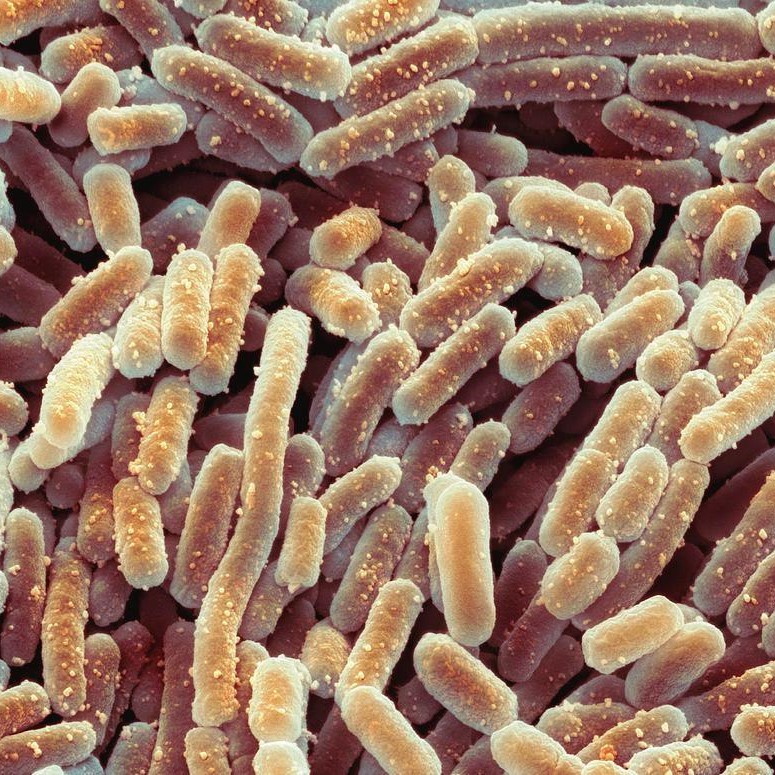Lactobacillus
Introduction
Lactobacillus, (genus Lactobacillus), any of a group of rod-shaped, gram-positive, non-spore-forming bacteria of the family Lactobacillaceae. Similar to other genera in the family, Lactobacillus are characterized by their ability to produce lactic acid as a by-product of glucose metabolism. The organisms are widely distributed in animal feeds, silage, manure, and milk and milk products. Various species of Lactobacillus are used commercially during the production of sour milks, cheeses, and yogurt, and they have an important role in the manufacture of fermented vegetables (pickles and sauerkraut), beverages (wine and juices), sourdough breads, and some sausages.
Lactobacillus are generally nonmotile and can survive in both aerobic and anaerobic environments. L. delbrueckii, the type species of the genus, is 0.5 to 0.8 micrometre (μm; 1 μm = 10−6 metre) across by 2 to 9 μm long and occurs singly or in small chains. Examples of other well-characterized Lactobacillus species include L. acidophilus, L. brevis, L. casei, and L. sanfranciscensis.
The amount of lactic acid produced by different Lactobacillus organisms varies. In several species, including L. acidophilus, L. casei, and L. plantarum, glucose metabolism is described as homofermentative, since lactic acid is the primary byproduct, representing at least 85 percent of end metabolic products. However, in other species, such as L. brevis and L. fermentum, glucose metabolism is heterofermentative, with lactic acid making up about 50 percent of metabolic byproducts and ethanol, acetic acid, and carbon dioxide making up most of the other 50 percent. Certain other heterofermentative Lactobacillus organisms are relatively inefficient in their metabolism of glucose and must derive energy from other types of organic compounds, such as galactose, malate, or fructose.
Lactobacillus are commensal inhabitants of animal and human gastrointestinal tracts, as well as the human mouth and the vagina. Commercial preparations of lactobacilli are used as probiotics to restore normal flora after the imbalance created by antibiotic therapy.
( From Britannica )
( Further Information: Wikipedia, ScienceDirect )


